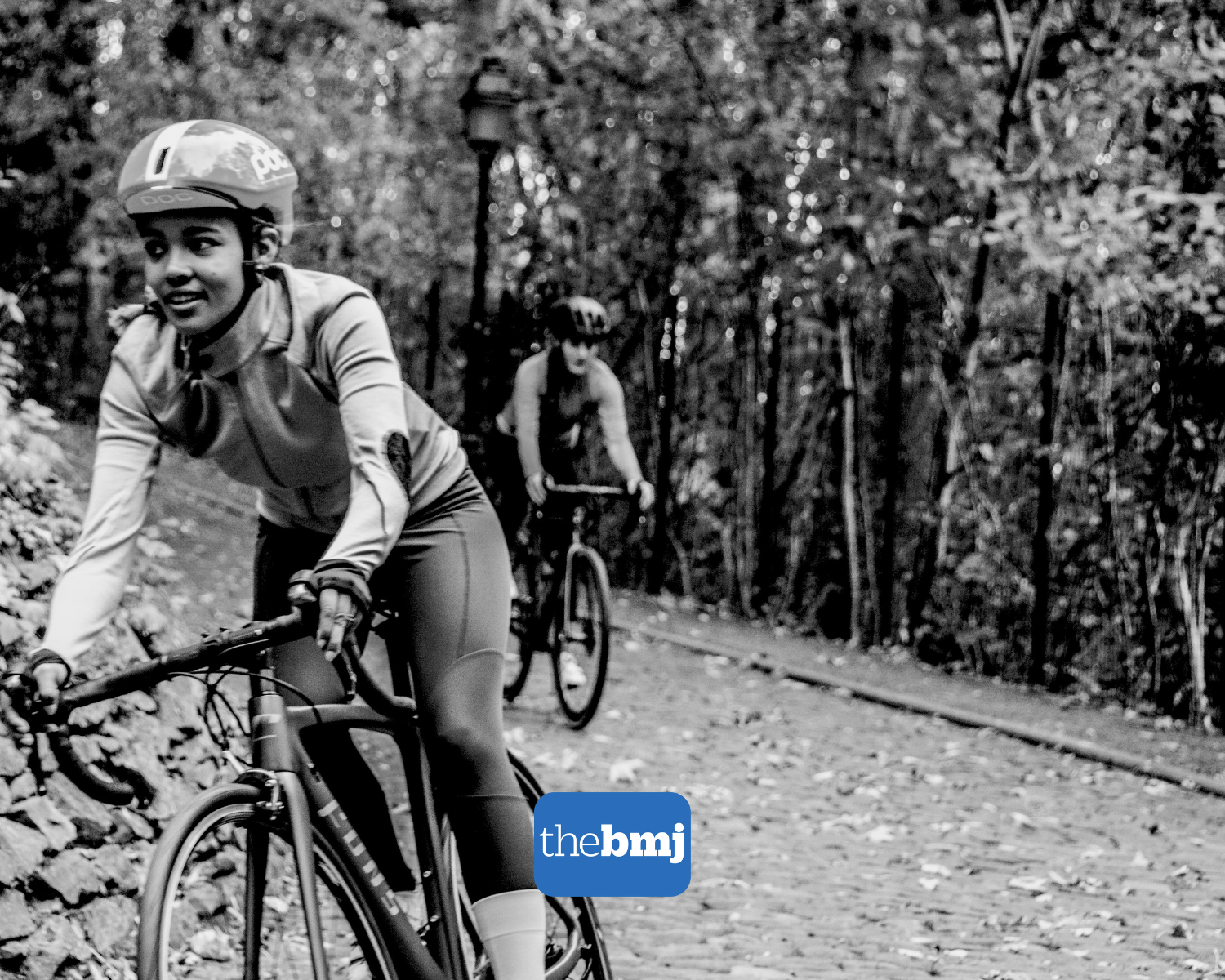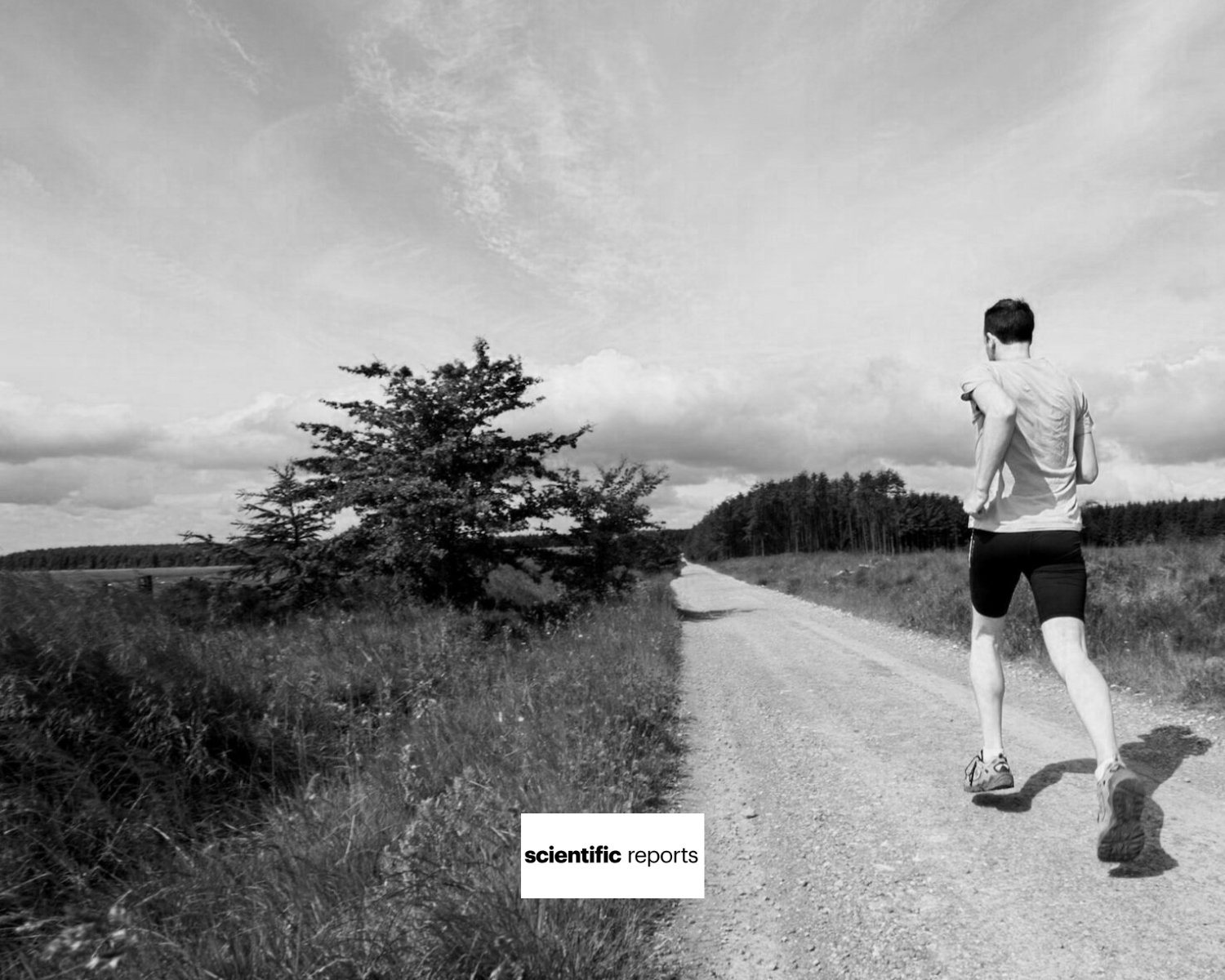How do male and female cyclists’ muscles differ?
Published August 2023 in BMJ Open Sports and Exercise Medicine
We know that men generally have higher muscle mass than women, relative to body mass, and that women have a higher percentage of body fat than men of the same body mass. But less is known regarding gender differences in intramuscular fat. The purpose of our study was to measure the amount of fat around the pelvis and within the gluteal muscles to provide a more accurate understanding of the differences between male and female recreational cyclists.
We found that the gluteal muscles were very similar between men and women in terms of size and fat content when body size was considered. This was an unexpected result as it’s well known that women tend to accumulate more fat in this region. Based on our findings the increased fat accumulation observed in women for this region happens only as subcutaneous adipose tissue and not as intramuscular fat.
The main challenge for this study was in collecting and processing a large volume of MRI scans. Our previous MRI studies helped us to develop the optimum MRI protocol, human muscle library and computer software tools to quickly and accurately process the data.
Until now gender differences have not been properly explored with more specific metrics, such as intramuscular fat content of specific muscles. The study is particularly relevant in the current debate on sports performance differences between male and female athletes and the inclusion of transgender athletes in women’s competitions.
In short…
The study
Our objective was to assess fat infiltration in muscles in cycling adults.
We recruited 87 cyclists aged 30 to 65 years.
45 were female, 42 were male.
All were cycling more than 7000km per year.
An artificial intelligence method analysed 50 slices of each gluteal muscle (glut max, glut medius and glut minimus) from MRI scans.
What we found
We found no differences between males and females.
As expected, there were differences for subcutaneous fat around the pelvis.
But when all of the data were compared, there were no differences in the fat content of the gluteal muscles between males and females.
We also found no differences in the lean volume of the gluteal muscles between males and females when matched for body weight.
What it means
By emphasising the importance of exercise and body weight in understanding muscle characteristics independently of gender, this study potentially contributes to a more informed and equitable approach to health, sports science and disease prevention.
These findings challenge existing assumptions about gender-based differences in muscle mass and quality.
Researchers in exercise physiology and musculoskeletal science may now consider the importance of exercise levels and body weight when studying gender-related muscle characteristics.




